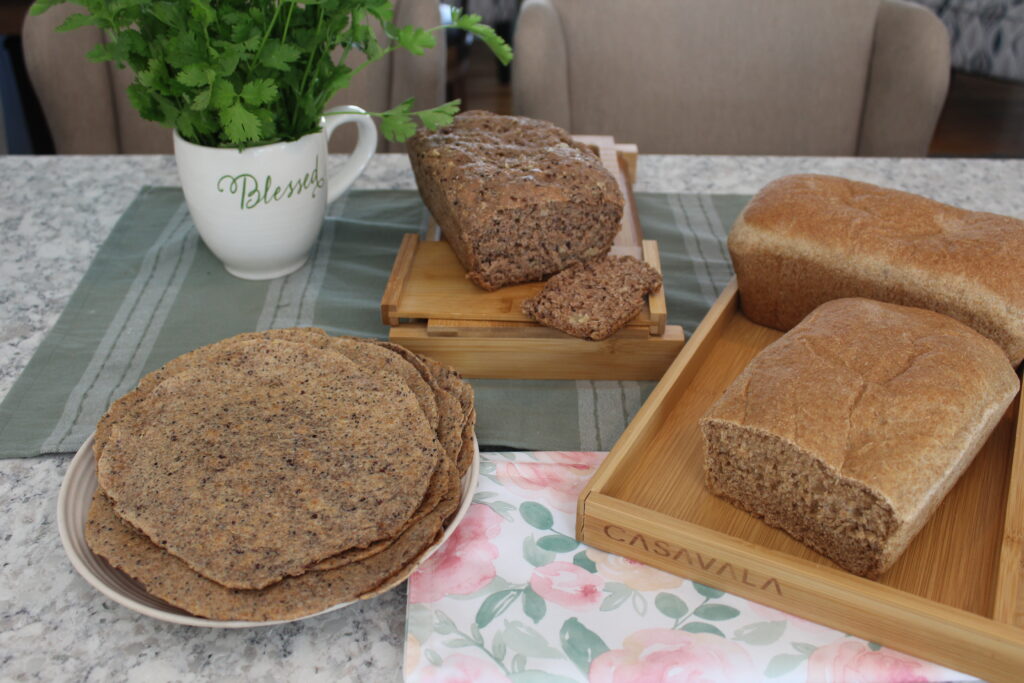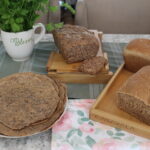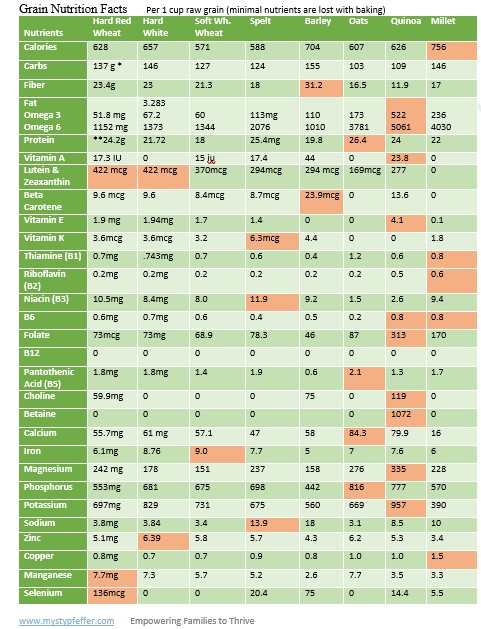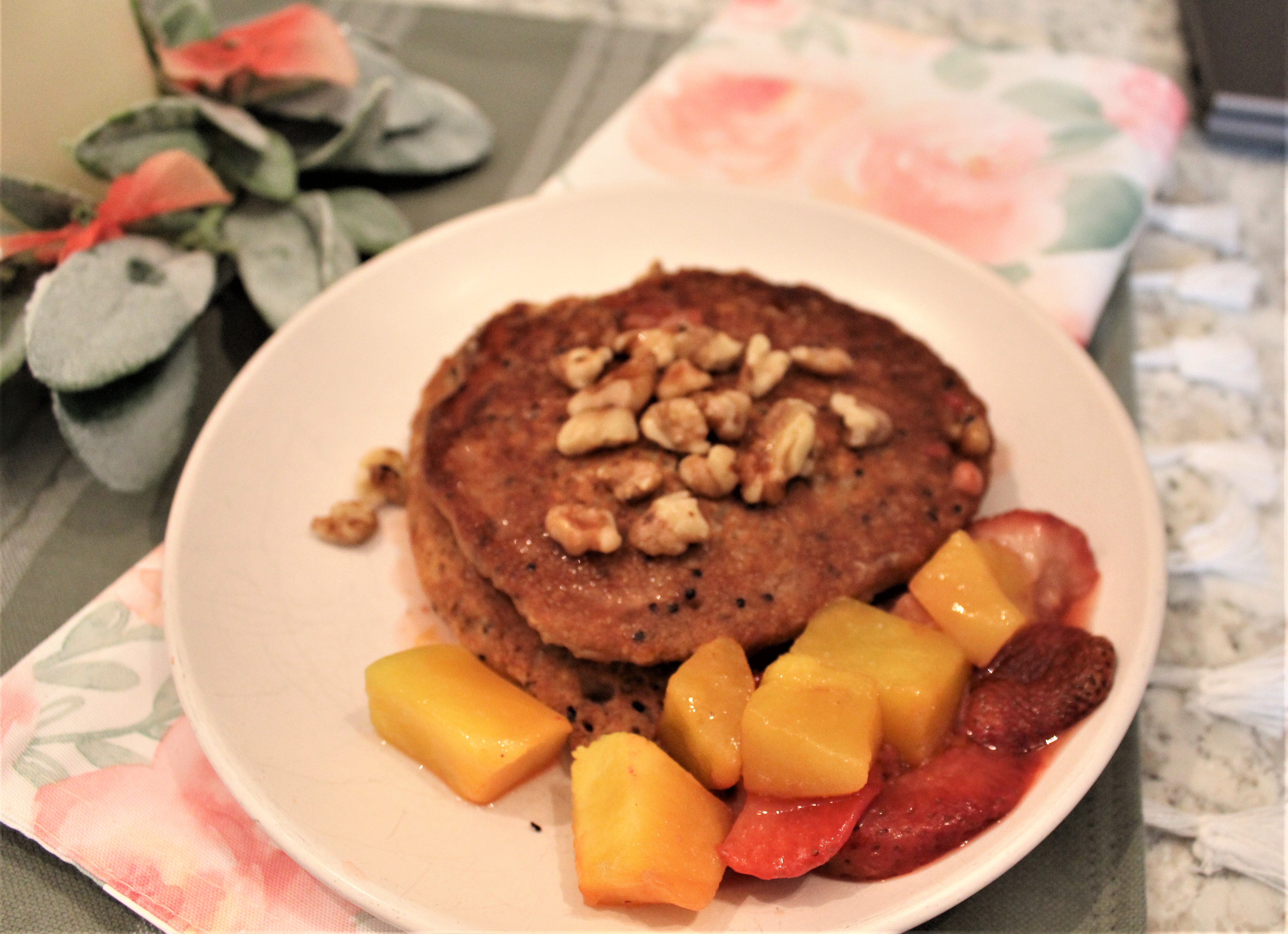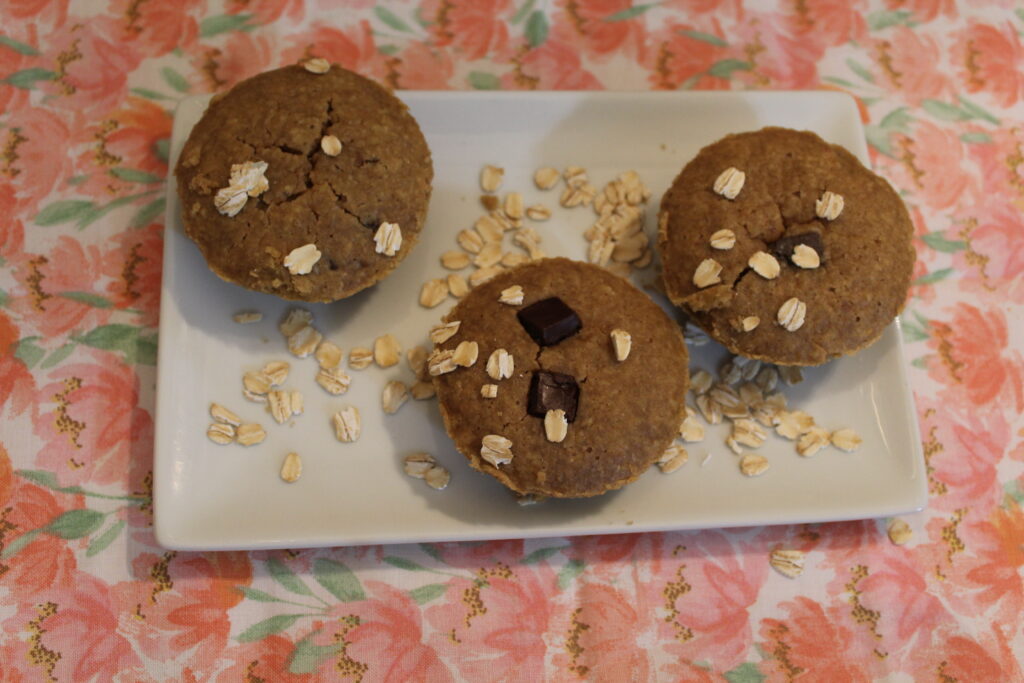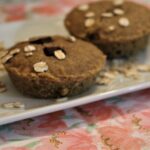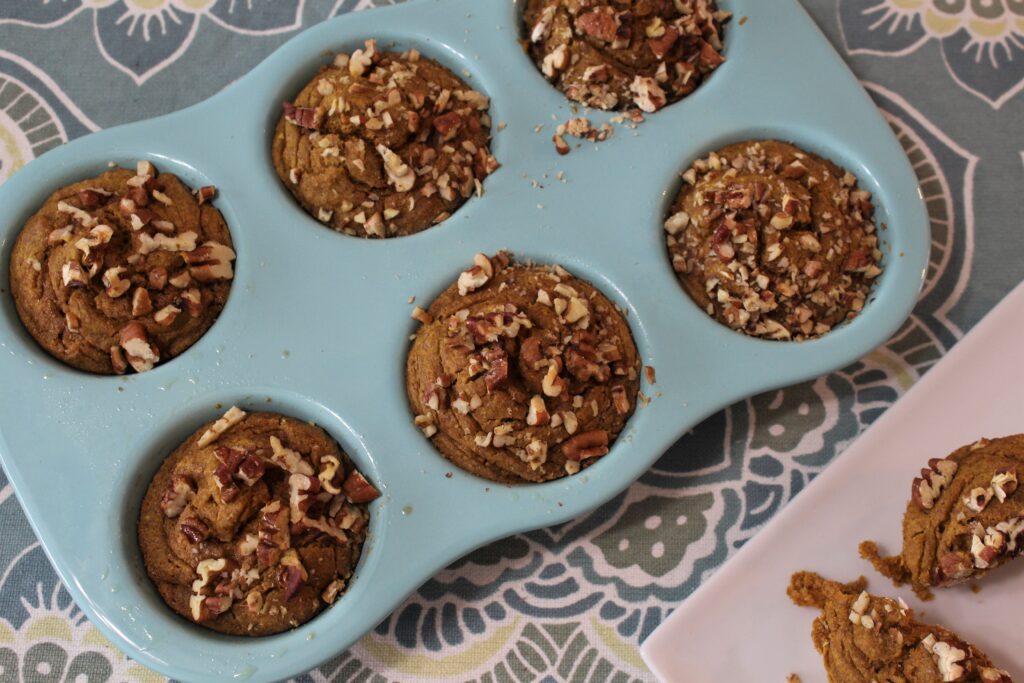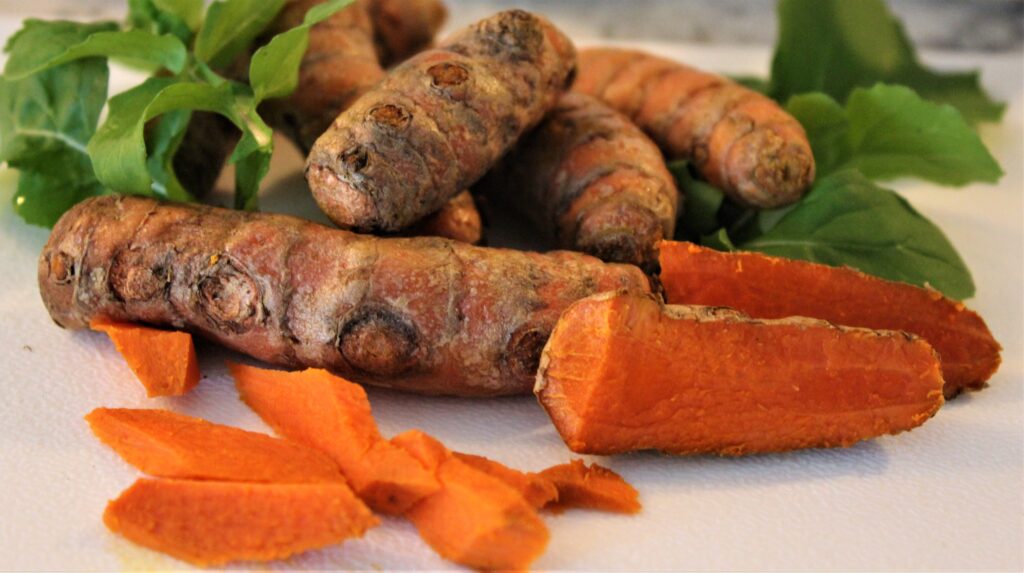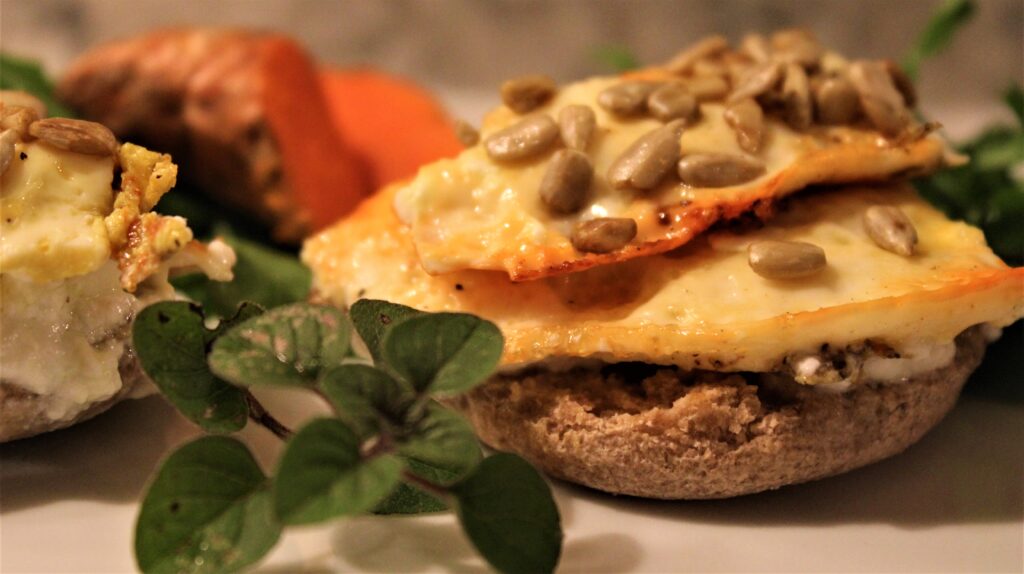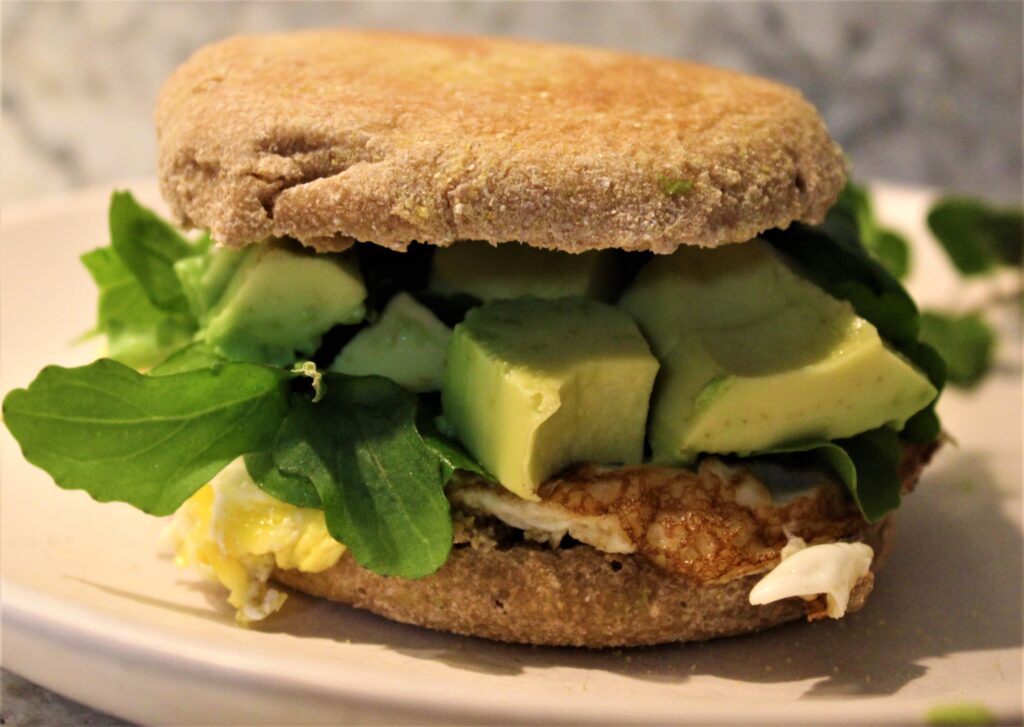Healthy Low Acid Pizza with Fresh-Milled Grains
The garden gives me so much inspiration for new recipes! The possibilities are endless, but a low acid pizza is on the top of my list today. Most of us enjoy a good pizza now and then. But for those of us who suffer from acid reflux, it’s one of the hardest things on our stomachs. That is why I’m using butternut squash to create my sauce on this low acid pizza. I’m also using part of my weekly bread dough for a fresh-milled crust. The abundance of vegetables in the garden this summer make this pizza easy to prepare.
Benefits of Low Acid Pizza
The best part of this low acid pizza is most of the toppings come straight out of the garden. A little kale, onions, and zucchini provide a nice variation for toppings, while the butternut squash makes a sweet and flavorful sauce. Of course, you don’t have to have a garden to enjoy these toppings, any local farmer’s market or grocery store can supply everything you need.
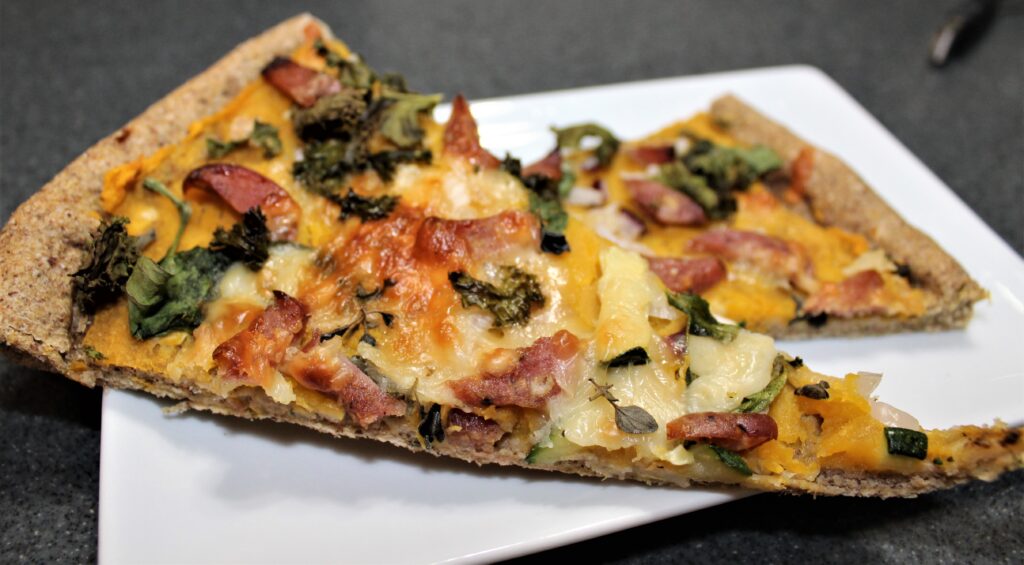
The multi grain crust provides a decent amount of B vitamins, essential amino acids, beta carotene, protein and fiber. At the same time, those delicious summer vegetables provide plenty of magnesium, manganese, calcium, and vitamin A. Fresh oregano and basil add just enough spice, while the chicken apple sausage (nitrate and nitrite free!) gives this low acid pizza more flavor and protein.
God is always looking out for us and giving us plenty of options to choose from. His gardens around the world just can’t be beat. Nothing compares to the benefits and antioxidants available in fresh greens and whole grains for our physical health. Moreover, he has provided abundantly for our spiritual health in his Word and his Son, Jesus!
Blessed be the God and Father of our Lord Jesus Christ, the Father of mercies and God of all comfort, who comforts us in all our affliction, so that we may comfort those who are in any affliction, with the comfort with which we ourselves are comforted by God.
2 Corinthians 1 ESV – Greeting – Paul, an apostle of Christ – Bible Gateway
I pray you find comfort in the steady promises of scripture…and this healthy low acid pizza today. If you’re struggling with eating healthier, I can give you plenty of ideas here, so look around! But if you need more than a few recipes to get you feeling better, I can help you there too, just check out the services page. I do group, individual, and family coaching!
Low Acid Pizza with Fresh-Milled Grains
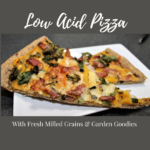
- 1 Lb Pizza Dough (Fresh-Milled with Wheat & Flax taste great.)
- 8 ounces Butternut Squash
- 2 cloves garlic
- 1 tsp salt
- 1/2 Cup zucchini (sliced)
- 1/2 Cup Spinach
- 1/2 Cup kale
- 1/4 Cup Onion
- 1/4 Cup Mozzarella
- 1 link Chicken Apple Sausage
- 1 tsp onion powder
- 2 tsp fresh oregano
- 1 tsp basil
-
Preheat oven to 375 degrees
-
Prepare the dough ahead of time as you make your bread for the week. My dough is 2 cups of flour (a mix of hard white/hard red/oats/flax), 1/2 tsp salt, 2 tsps. yeast, 3/4 cup warm water, 2 tbsp olive oil. Mix, knead 1 minute, set aside to rise until double. Punch it down and roll it out on our pizza pan.
-
Prebake the butternut squash, peel it and mash it with a minced paste of garlic and salt. Spread it over the crust.
-
Top the butternut squash with onions, spinach, kale, sausage slices, cheese and fresh basil and oregano.
-
Bake at 375 for 20-25 minutes.
